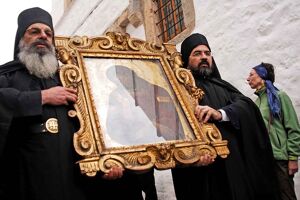
Bucket list destination:
Patmos
Patmos, Greek Islands, Greece
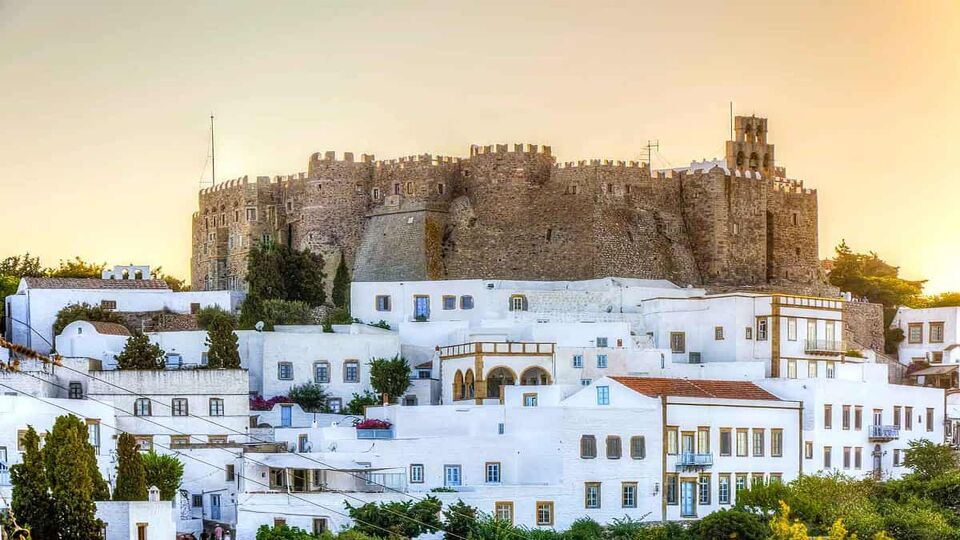
Orthodox pilgrims, fashion designers and their muses, and a colourful cast of Greek island cognoscenti flock to Patmos.
Crowned by the magnificent 11th-century Monastery of St John, the island’s capital, Chora, is a UNESCO World Heritage site, but its maze of whitewashed alleyways still feels utterly serene.
In fact, the whole of this small, hard-to-reach Dodecanese island is miraculously unscathed by mass tourism. Follow dirt tracks over thyme-scented hills to deserted chapels, take water taxis to remote pebble coves, or while away afternoons playing backgammon in the port of Skala.
Considered a sacred island, the nightlife is limited compared to other Greek islands. But on Patmos, traditions run deep and the pace of life is refreshingly slow.
Orientation
Boats arrive at Skala, a lively port where fishing vessels, ferries, and cruise ships drift past the waterfront cafes.
High overhead is the majestic capital of Chora, one of the most breathtaking and well-preserved villages in Greece.
The Greek Orthodox church, which owns swathes of the island, has saved it from overdevelopment. Apart from the sleepy hamlets of Kambos to the north and Grikos to the south, it’s mostly rocky hills and pebble coves.
Food & Drink
The fine dining scene caters to the many affluent, cosmopolitan homeowners of Chora. But there are plenty of simple Greek tavernas and kafenia (coffee shops) scattered around the island.
Another unique attraction on Patmos is the kantina, glorified shacks on far-flung beaches that serve simple seaside snacks. There is even an atmospheric restaurant in the old (working) boatyard, or tarsanas.
What to try
Pop into any bakery (the best is Koumanis in Skala) for a traditional Patmian cheese pie dusted with cinnamon or poungi – pastry parcels filled with almonds and honey.
Also see our round-up of traditional Greek foods to try in Greece for some other foodie delights you’ll no doubt come across while you’re there.
Travel advice
When to go
Greek Orthodox Easter (April/May) is the best time to visit, with the chance to experience Greece’s most important religious festival.
July and August are the busiest (and hottest) months, and can be jumping with glamorous Italians and Greeks, and day-trippers descending from cruise ships.
Otherwise, the island tends to be blissfully crowd-free. However, most hotels, restaurants and bars are closed between 1 November and 1 April.
Getting there and away
There’s no airport on Patmos. Ferries from Piraeus (9hrs), Rhodes (5hrs), Samos (3hrs) and Kos (2hrs) dock at Skala, the bustling port and transport hub. Ferry routes and times vary seasonally.
Rhodes, Samos and Kos are all accessible by domestic flights from Athens and international charter flights during the summer.
Getting around
The main taxi rank is in Skala, but prices are steep and it’s always best to negotiate the fare in advance.
Public transport around the island is rudimentary. There’s a fairly frequent bus service between Skala and Chora, along with less regular buses to Grikos and Kambos.
To explore the far-flung beaches, hire a moped or car, or hop on one of the water taxi boats that service most beaches from Skala. You can also rent your own boat, or take a round-the-island cruise with a local outfit such as Patmos Boats and Patmos Marine.
Where to stay
The most covetable properties – both for their mind-blowing views and stunning interiors – are the clutch of exclusive villas in Chora.
Cheaper hotels and guesthouses are concentrated in Skala, handy if you want to be in the heart of the action and for quick getaways to the beach.
Most of the larger resort hotels are in the seaside hamlets of Grikos and Kambos.

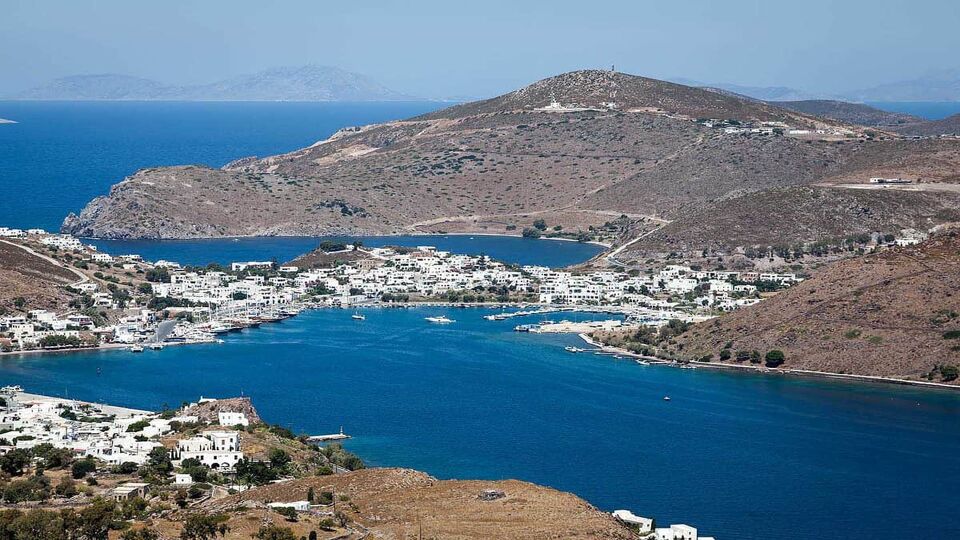
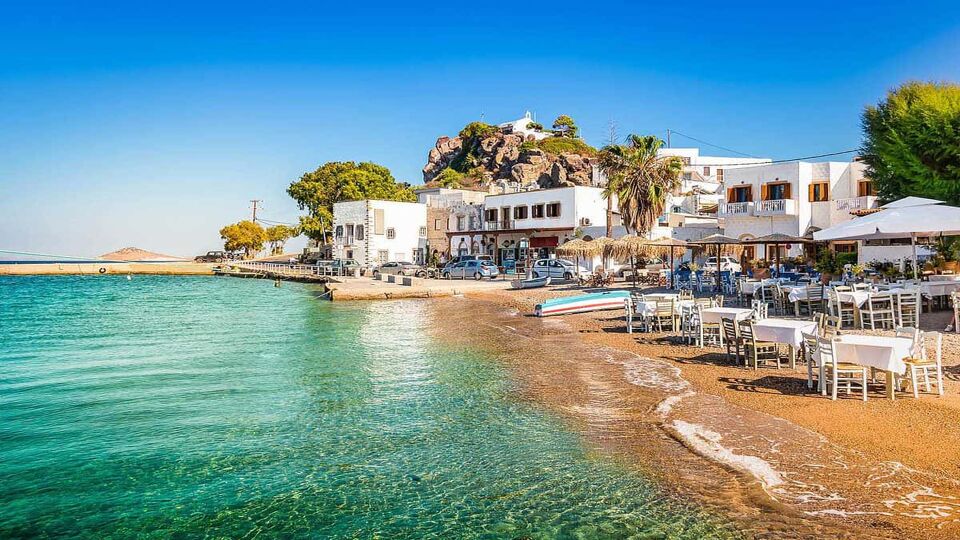
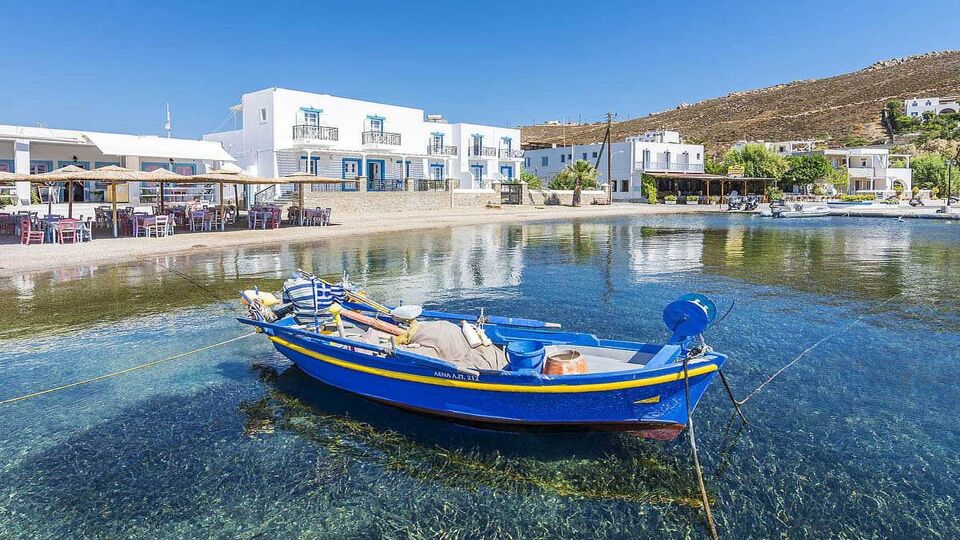
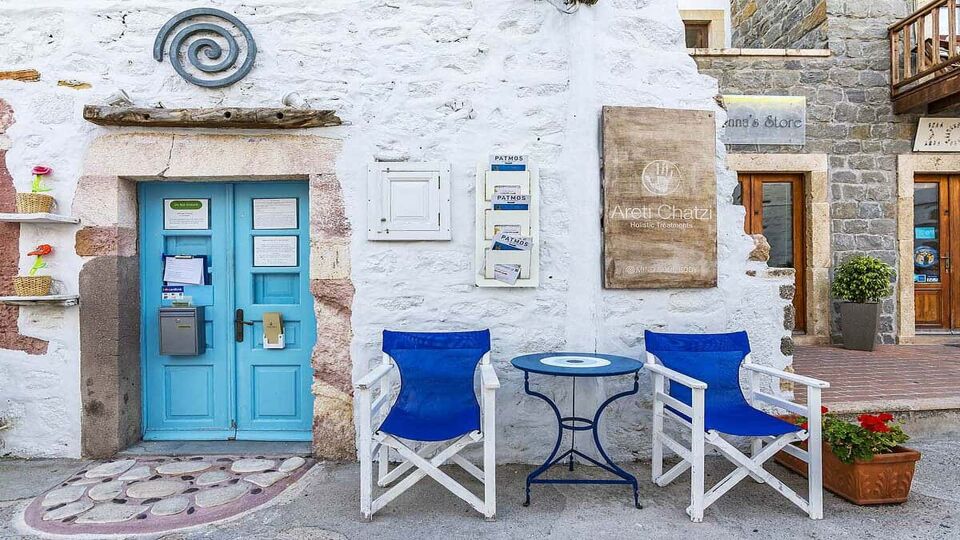

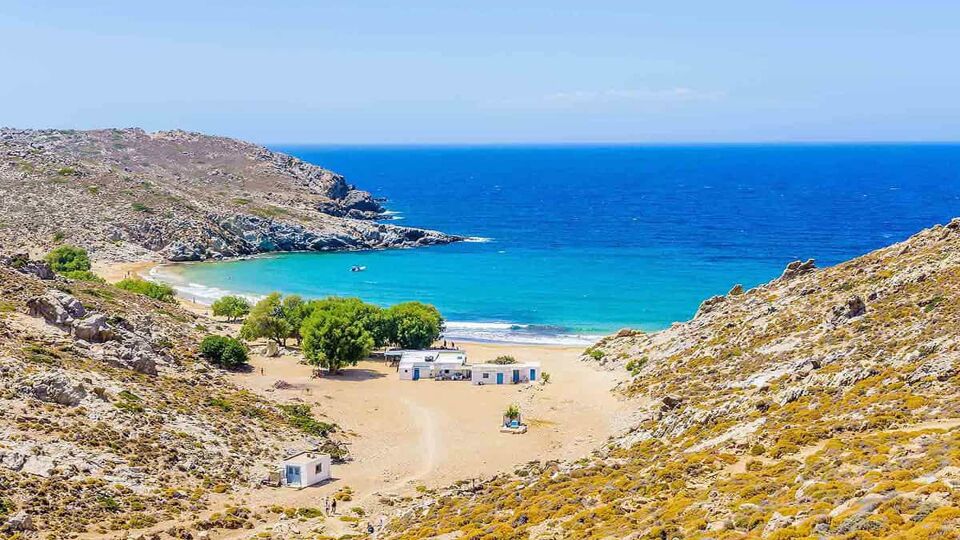
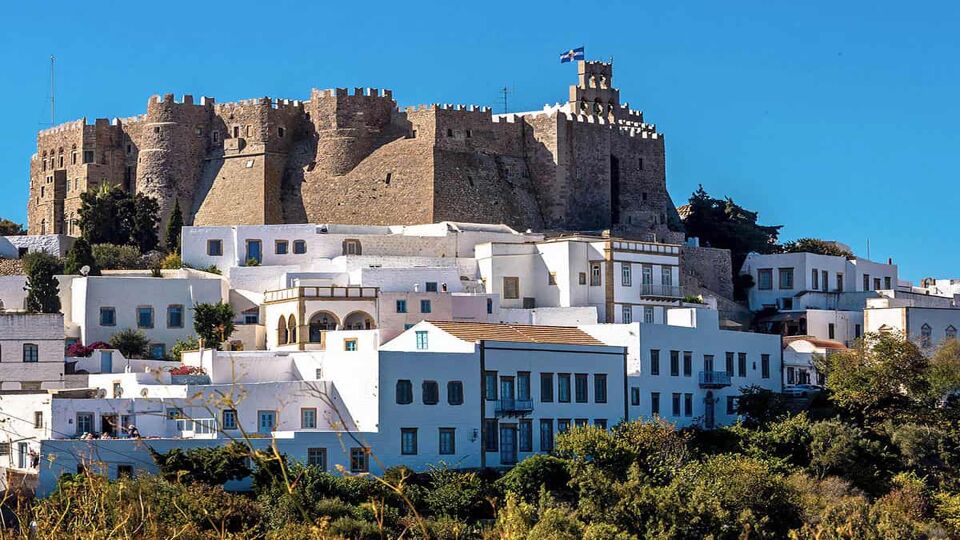
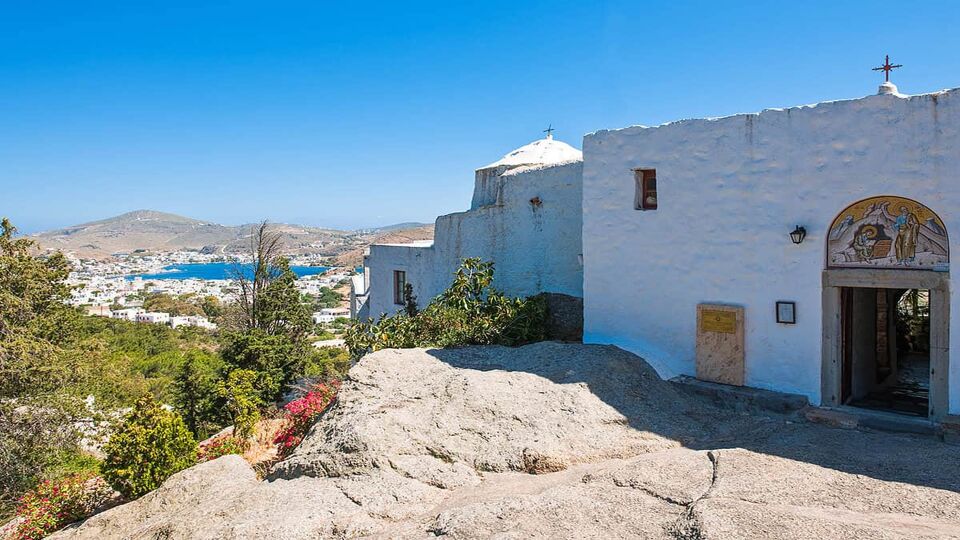

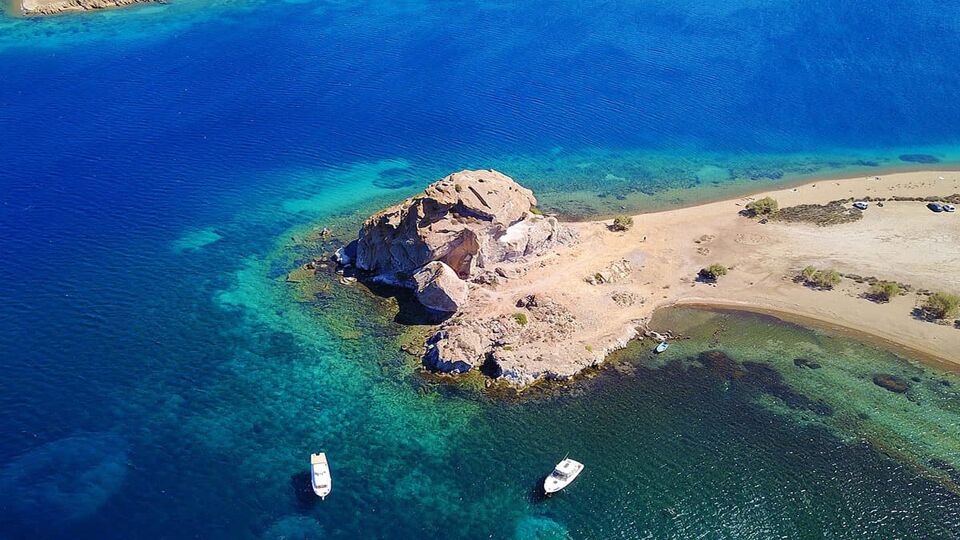
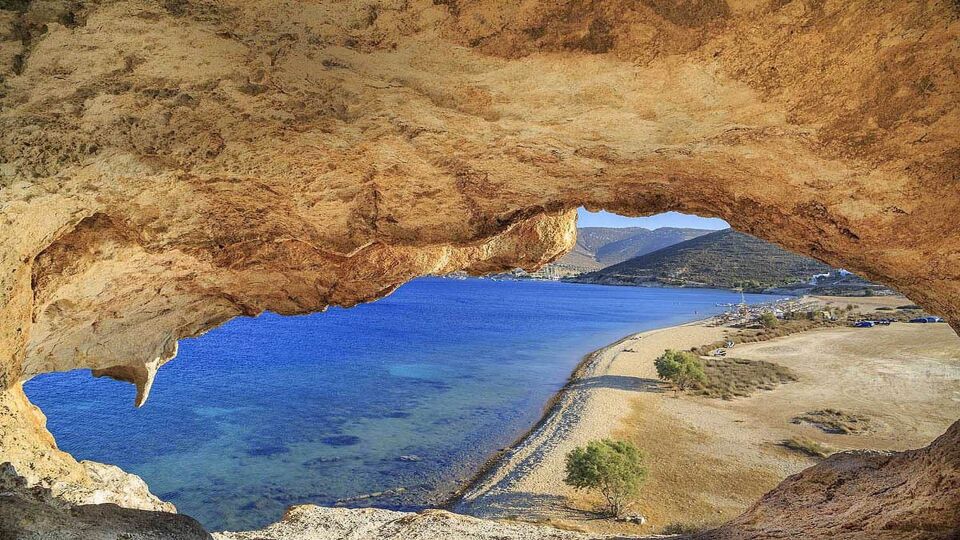
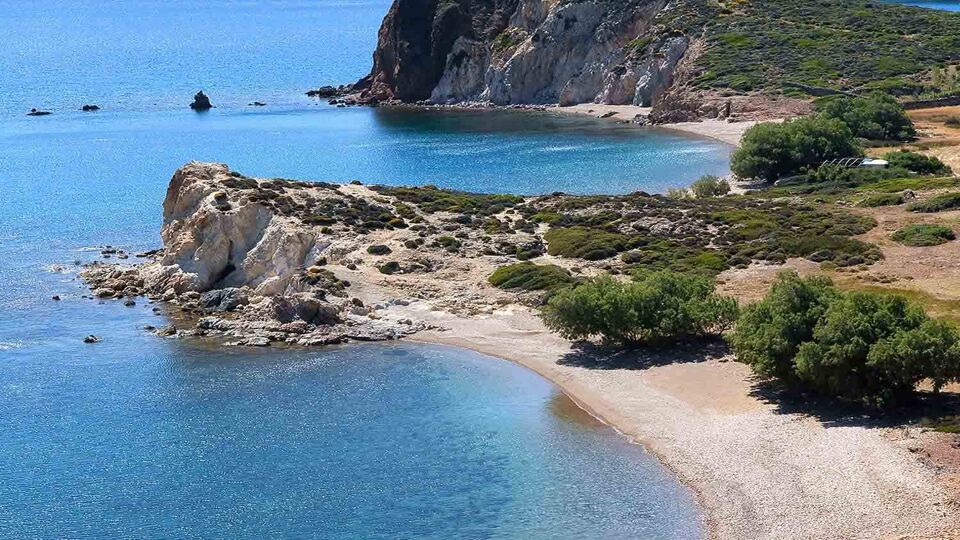
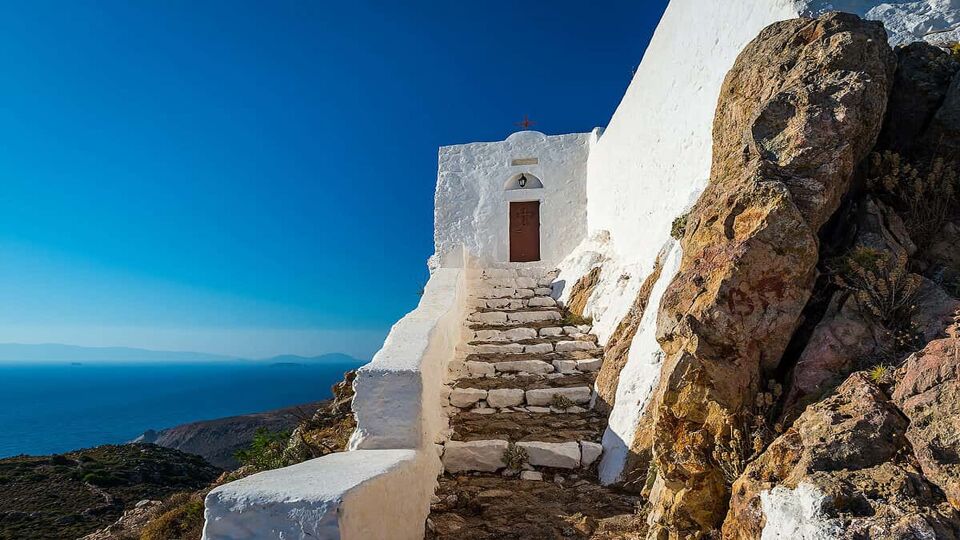
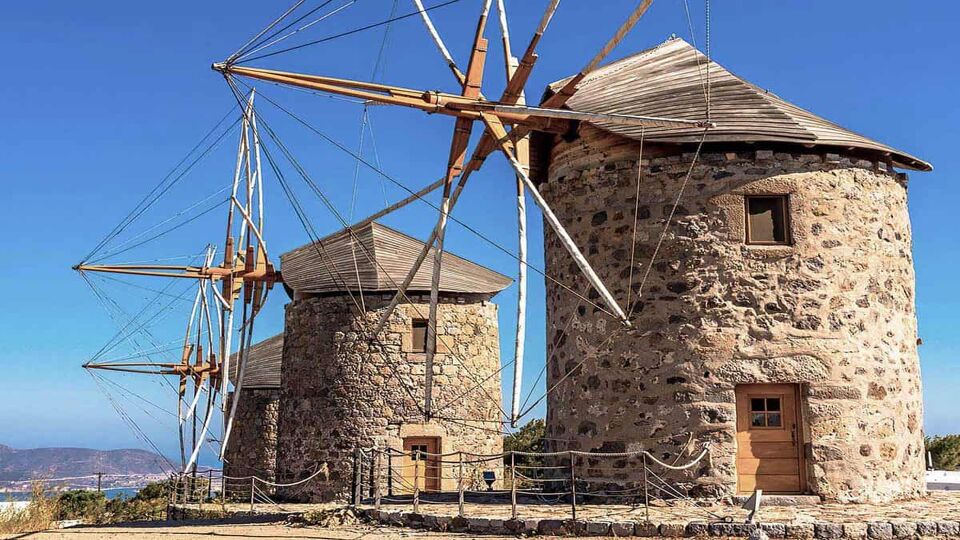
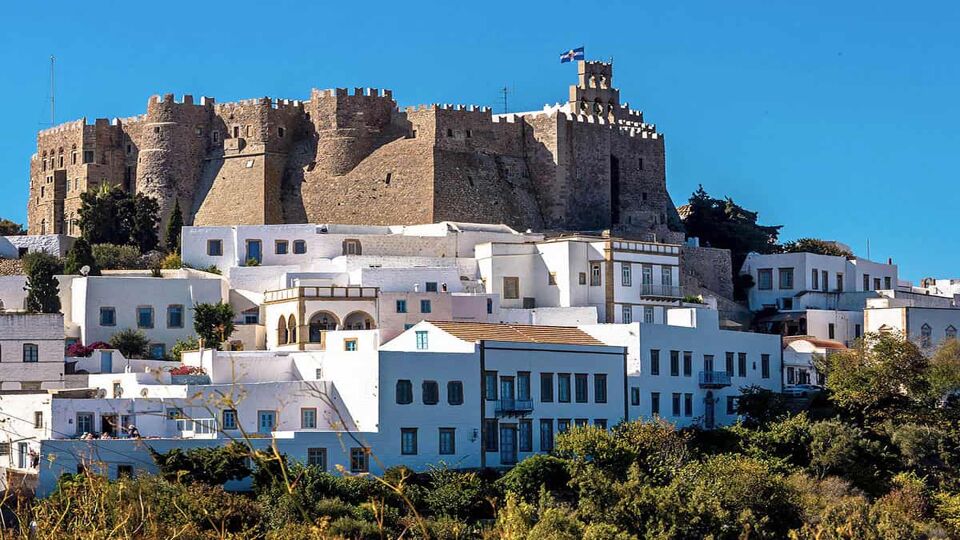

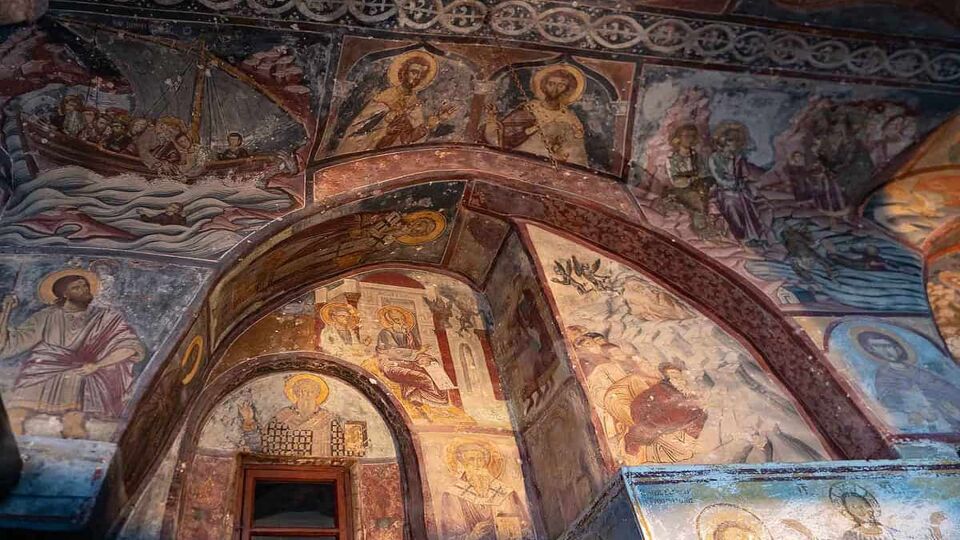
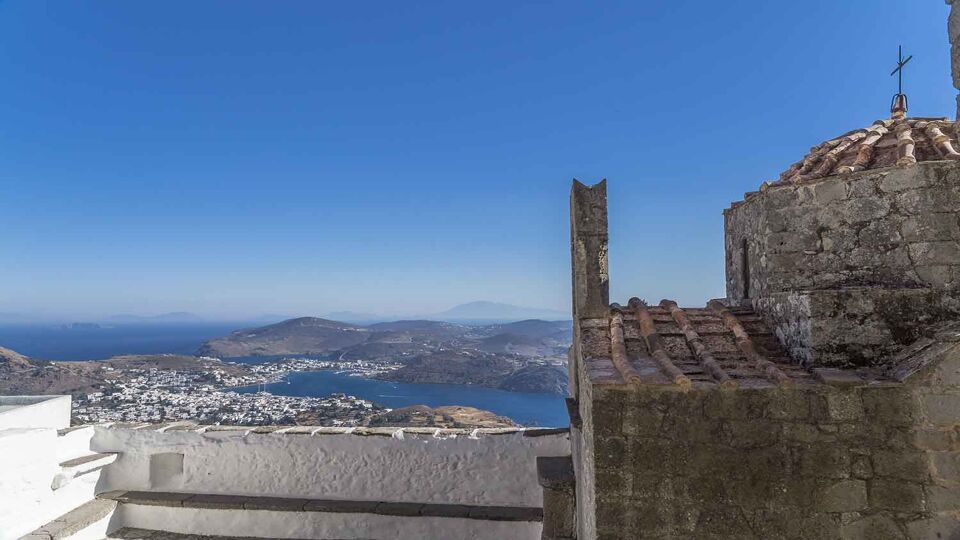
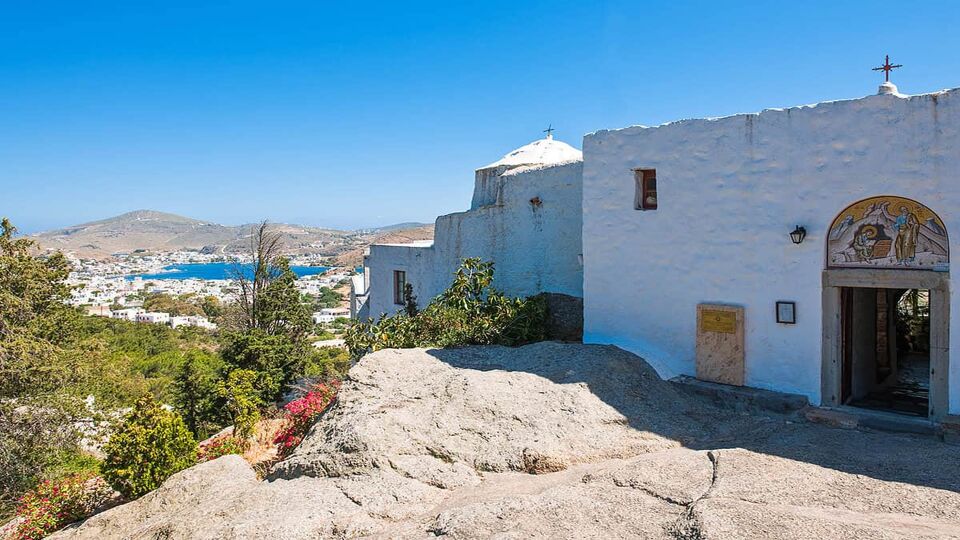
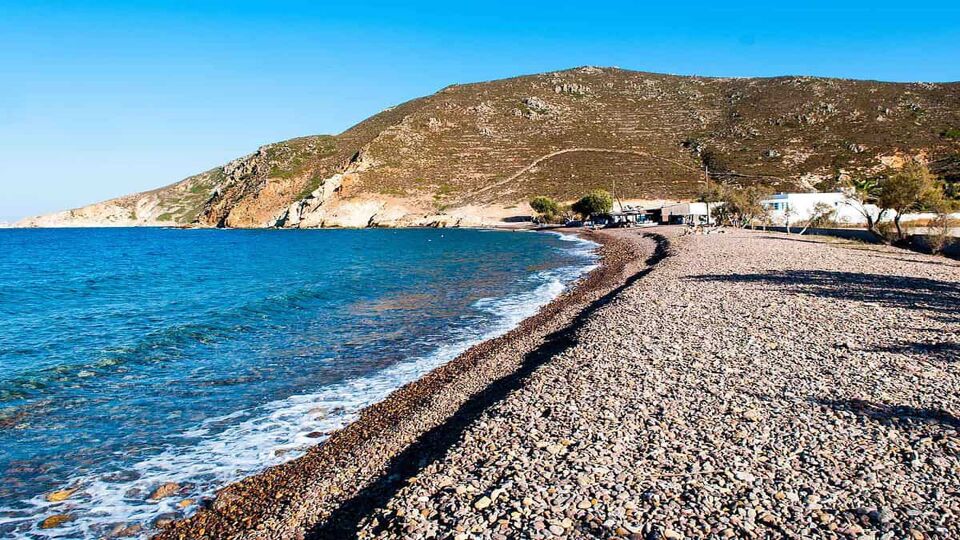
![Monastery of St John [Hiking]](https://cxgveiouca.cloudimg.io/familyhotelfinder.com/wp-content/uploads/Greek-Islands-Patmos-Monastery-of-St-John1-SH.jpg?w=300&h=200&func=cover)
